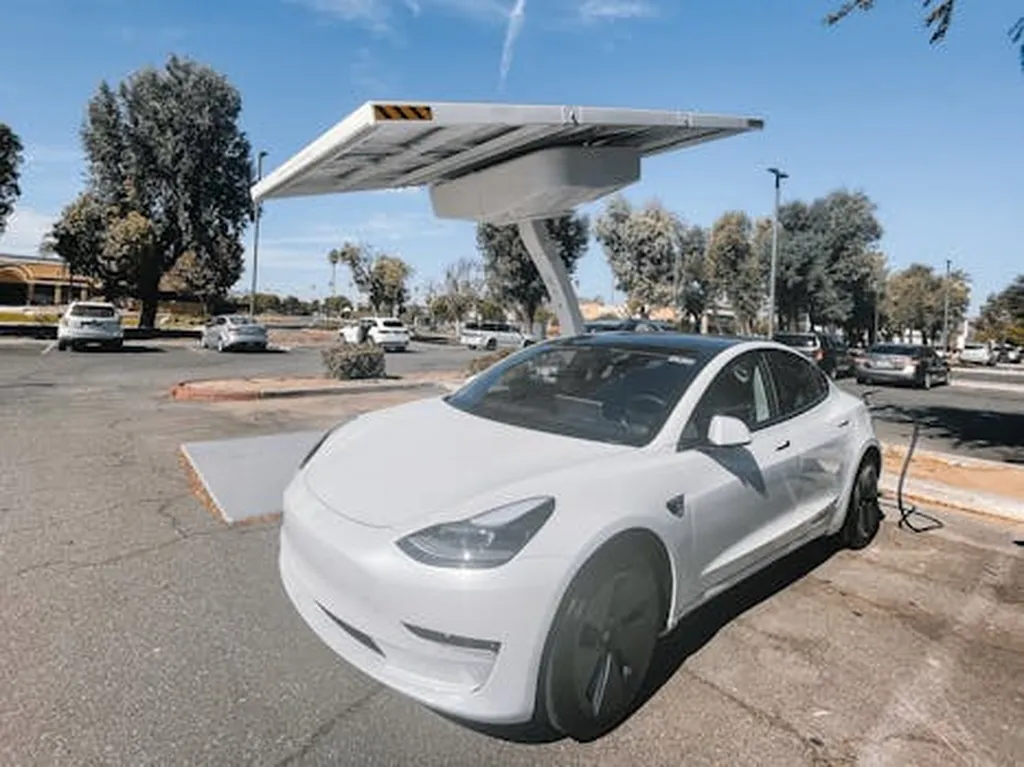In the rapidly evolving world of electric vehicles (EVs), one of the most pressing challenges is the strategic placement of charging infrastructure. A recent study published in the *World Electric Vehicle Journal* (translated from Chinese as “World Electric Vehicle Journal”) offers a novel approach to this problem, with significant implications for the energy sector. Led by Bowen Chen from the School of Transportation and Logistics Engineering at Shandong Jiaotong University in China, the research introduces a bi-level optimization model that could revolutionize how we plan and implement battery swapping and charging stations (BSCSs).
The study addresses a critical gap in the current EV infrastructure. As Chen explains, “The rapid growth of electric vehicles has significantly increased the demand for charging infrastructure, posing a challenge in balancing charging demand and infrastructure supply.” The bi-level optimization model developed by Chen and his team tackles this issue head-on. The upper-level model focuses on optimizing the locations of BSCSs to minimize total cost and service delay, while the lower-level model optimizes driver travel routes to minimize total time.
One of the standout features of this research is the application of an updated Non-Dominated Sorting Genetic Algorithm (UNSGA). This algorithm enhances solution efficiency, making the model more practical for real-world applications. The experimental results are impressive, showing that the bi-level model outperforms single-level models by reducing total cost by 1.5% and travel time by 6.6%. Compared to other algorithms, UNSGA achieves 9.43% and 8.23% lower costs than MOPSO and MOSA, respectively.
The implications for the energy sector are substantial. BSCSs, despite having 15.42% higher construction costs, reduce driver travel time by 22.43% and waiting time by 71.19%. This highlights their operational advantages and suggests that investing in BSCSs could be a game-changer for EV infrastructure investors. As Chen notes, “The bi-level optimization method provides more cost-effective decision support for EV infrastructure investors, enabling them to adapt to dynamic drivers’ needs and optimize resource allocation.”
This research is not just about improving efficiency; it’s about shaping the future of EV infrastructure. By providing a more systematic and optimized approach to planning BSCS locations and driver routes, this model could pave the way for more sustainable and efficient EV adoption. As the world continues to transition towards cleaner energy solutions, studies like this one will be crucial in ensuring that the infrastructure keeps pace with demand.
In the broader context, this research underscores the importance of innovative solutions in addressing the challenges of the energy sector. As EVs become more prevalent, the need for strategic planning and optimization will only grow. Chen’s work offers a compelling example of how advanced algorithms and bi-level optimization models can drive progress in this field.
For professionals in the energy sector, the takeaway is clear: investing in advanced planning and optimization technologies can yield significant benefits, both in terms of cost savings and operational efficiency. As the EV market continues to expand, the insights from this study will be invaluable for investors and policymakers alike. The future of EV infrastructure is bright, and with research like this, it’s also looking increasingly efficient and sustainable.

